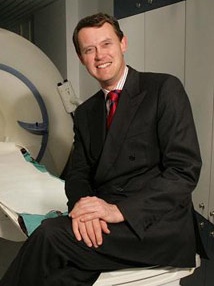BibTex format
@article{Ghonim:2022:10.1016/j.jcmg.2021.07.026,
author = {Ghonim, S and Gatzoulis, M and Ernst, S and Li, W and Moon, J and Smith, G and Heng, EL and Keegan, J and Ho, SY and McCarthy, KP and Shore, D and Uebing, A and Kempny, A and Alpendurada, F and Dimopoulos, K and Pennell, DJ and Babu-Narayan, S},
doi = {10.1016/j.jcmg.2021.07.026},
journal = {JACC: Cardiovascular Imaging},
pages = {257--268},
title = {Predicting survival in repaired tetralogy of Fallot- a lesion specific and personalised approach},
url = {http://dx.doi.org/10.1016/j.jcmg.2021.07.026},
volume = {15},
year = {2022}
}

